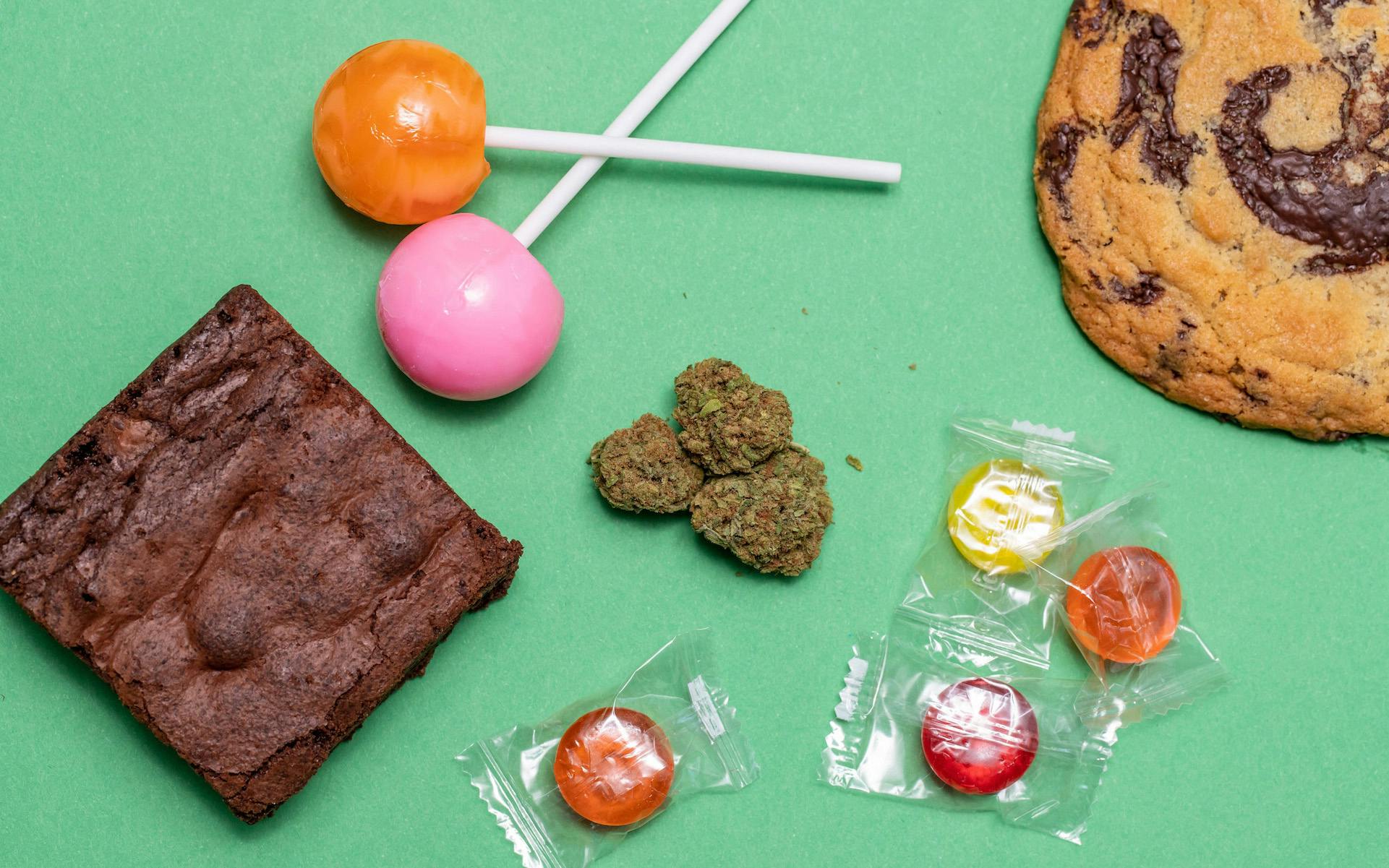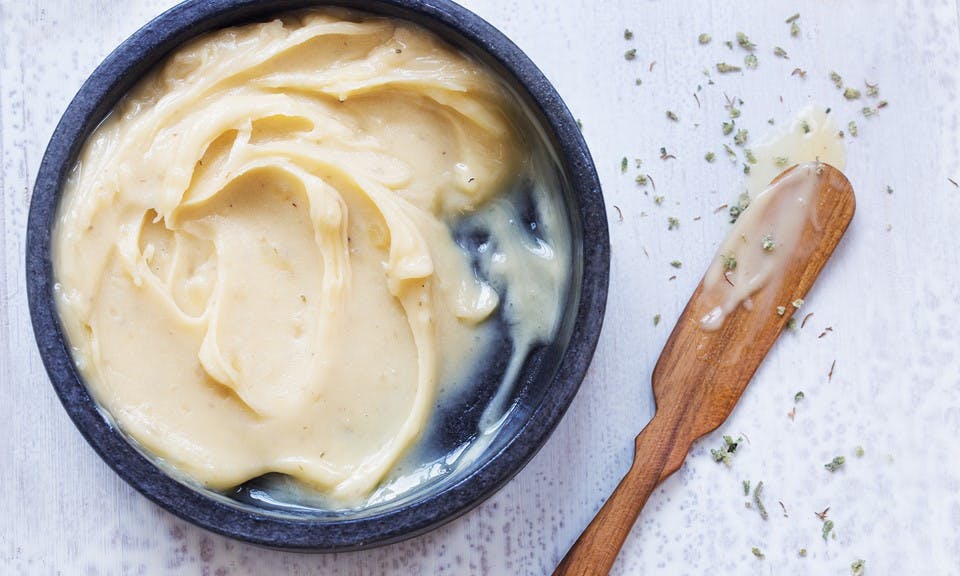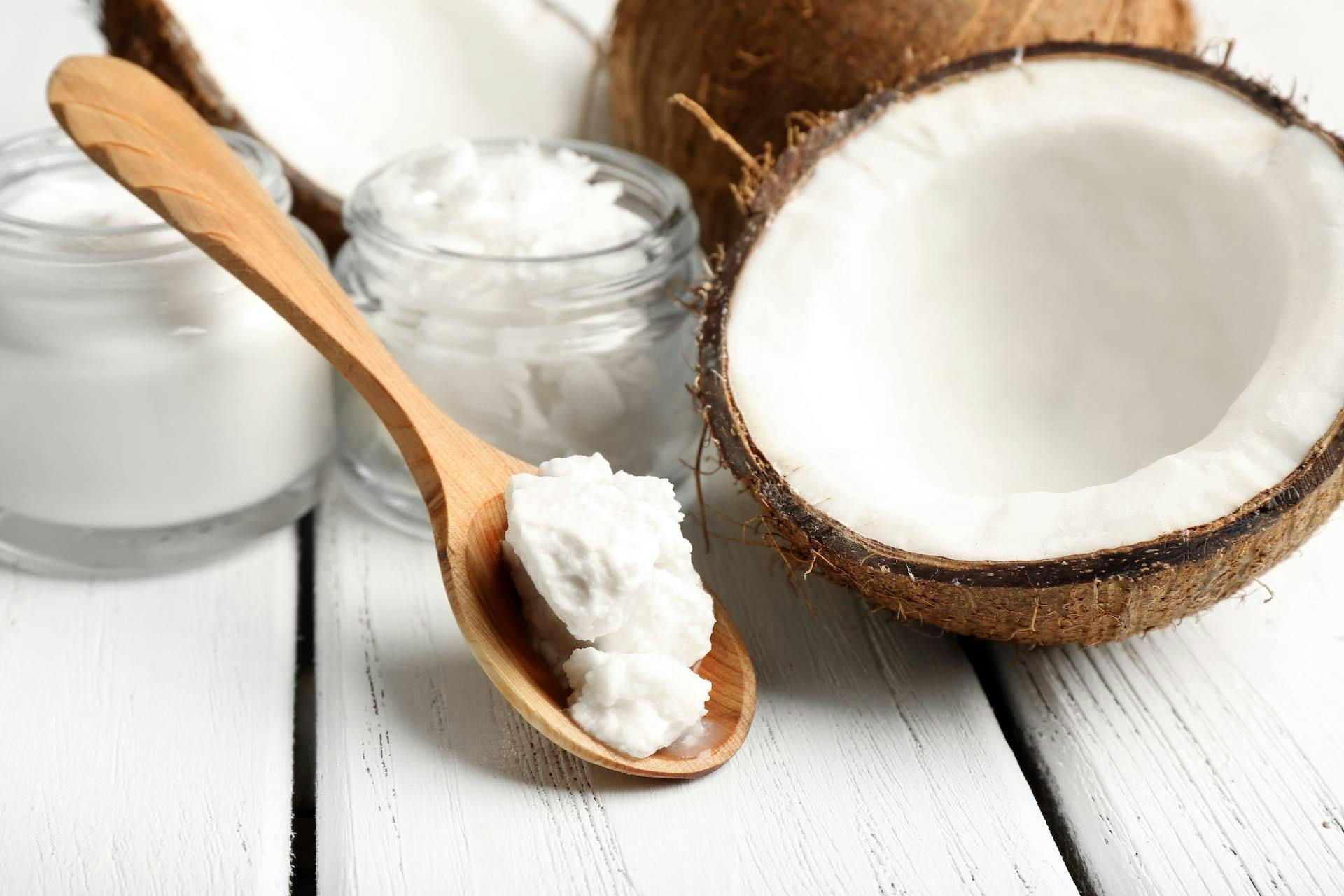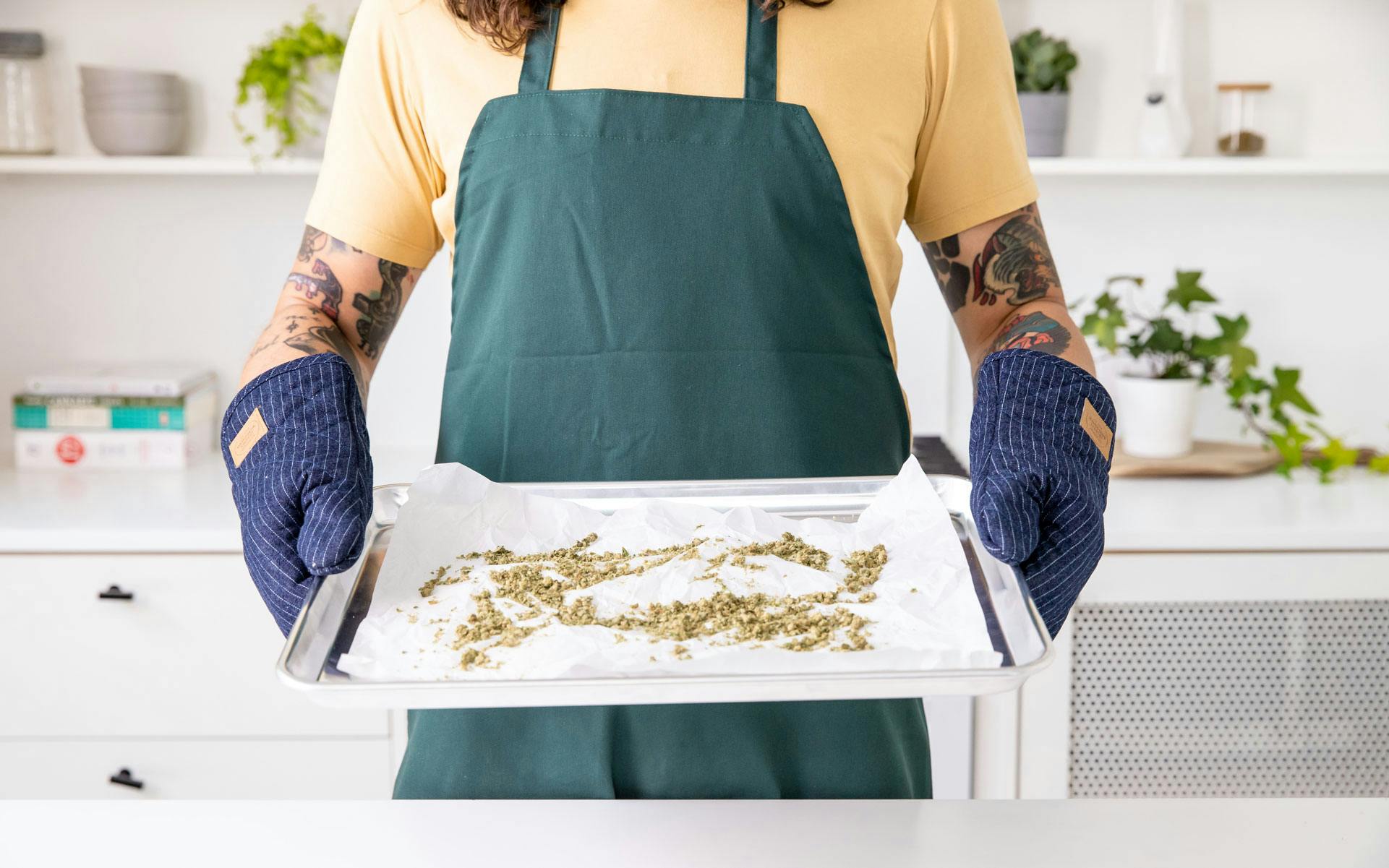
If you’ve got some old cannabis concentrates or dabs laying around and you’re not sure what to do with them, you’re in luck—you can cook concentrates into edibles.
It’s a little more complicated than making infusions with cannabis flower, especially considering that each type of concentrate has its own consistency, but below you’ll learn how to make an infusion with cannabis oils and concentrates.
Consider the dish you’ll infuse
The first step in cooking with concentrates is to consider the final product—are you making a salad dressing or a batch of brownies? Some concentrate consistencies are better suited for certain mediums, and some may leave a bitter aftertaste.
Concentrates with strong flavors, such as RSO, might be better in sweet edibles, where the flavor can be more effectively masked. Other less processed concentrates, such as live resin and waxes, have more flavor that will carry through into the infusion.
Select an infusing oil for edibles
Oils with high saturated fat contents are a great base oil for infusing with cannabis concentrates, such as coconut or avocado oil. Oils for infusion include:
- Canola
- Vegetable
- Coconut
- Olive
- Avocado
- Sesame
- Peanut
Canola or vegetable oil will have more of a neutral flavor, while sesame and peanut oil have a specific flavor.
Additionally, oils have different consistencies at room temperature, so consider how you’ll be storing the oil.
Choose your concentrate

Concentrates have different textures and consistencies, and some are easier to work with than others. Some are thick and gooey, like taffy or budder; some are hard and brittle, like shatter and isolates; and some are powdery, like kief.
Shop highly rated dispensaries near you
Showing you dispensaries nearDistillate has an oil-like consistency and is flavorless and scentless. It’s also appealing because it doesn’t need to be decarboxylated. RSO also doesn’t need decarboxylation, but it is slightly thicker and a little harder to work with.
Make sure you only use concentrates that have been purchased through a licensed, legal market. You don’t want any contaminants in your edibles or body.
Dosing and measuring cannabis oils for edibles
Dosing homemade edibles is notoriously tricky. Here’s how to calculate an approximate dose with concentrates.
Determine these factors:
- The weight of your concentrate (in grams)
- The potency of the concentrate (THC% or CBD%)
- The number of servings the cooked dish will yield (e.g., “makes a dozen cookies”)
To calculate, use this equation:
(weight of concentrate x THC% x 1,000) / number of servings
- Multiply the weight of your concentrate (in grams) by the percentage of THC (as a decimal)
- Multiply that number by 1,000 to convert grams to milligrams
- Divide that number by the number of servings your recipe yields to determine milligrams of THC per portion
For example, 0.25 grams of a concentrate with 80% THC potency, should yield about 200mg of THC: (0.25 x 0.80) x 1,000 = 200.
Then, 200mg of THC distributed throughout 8 cookies gives each cookie 25mg of THC. Mix well for an even distribution.
Make sure you know your preferred edible dose—most edibles sold in dispensaries come in 5 or 10 mg per serving.
When in doubt, start with a very low dose, between 1-2.5 mg, wait 45-60 minutes, and take more if you want stronger effects.
How to decarboxylate concentrates
Before infusing oil with a concentrate, you’ll need to decarboxylate it, except for distillate and RSO, which can be added straight to an infusing oil. Decarbing converts non-intoxicating THCA into the euphoric THC so that you can get high.
High temperatures can burn out and eliminate valuable cannabinoids, terpenes, and other compounds, so decarbing at a low temperature is recommended.
Getting concentrates out of their containers can be tricky. If you’re having trouble removing them, try heating a dab tool to get them out or stick them in the freezer—this will stiffen them up for easy removal.
Decarbing concentrates will make them thicken up, and they will be easier to work with while slightly warm.
Materials
- Cannabis concentrates
- Baking sheet
- Parchment paper
- Oven
Directions
- Preheat oven to 200°F (93°C)
- Line baking sheet with parchment paper, and place concentrates on it
- Bake for 20-25 minutes, watching the concentrates to make sure they don’t overcook; once they have melted down and start to bubble, they are ready; if decarbing kief or a powdery concentrate, stir it around every few minutes
- Remove from oven and allow to cool slightly
Cooking, baking, and infusing with concentrates
Cooking
Powdery concentrates and other concentrates that become soft during decarbing can be added directly to dishes.
When cooking, keep the heated pan under 300°F to maintain cannabinoids, terpenes, and other compounds. Add the concentrate toward the end of the cooking process, and stop cooking once it has dissolved.
Baking
Soft or powdery concentrates can also be added directly to a batch of brownies, cookies, or other baked goods. Be sure to mix thoroughly to spread the concentrate around evenly throughout the batch.
Infusing
If a concentrate is very thick, or putting a concentrate directly into your dish doesn’t sounds appealing, infuse it in oil or butter.
To infuse:
Add oil or butter and decarbed concentrate to a double-boiler, slow cooker, or saucepan, and simmer on low for 2-3 hours, keeping the temperature of the oil between 160-200ºF. The concentrate will melt into the infusion.
Let the infusion cool, and add it to any recipe. Use oil to make a salad dressing or to oil a pan before cooking, or use infused butter in place of regular butter for baking.
FAQs on using concentrates and dabs for edibles
Can BHO be used in edibles?
Yes, but you will need to decarb the BHO concentrate first before adding it to an edible or infusing it.
Can you make edibles with shatter?
Yes; as with BHO, you can use shatter to make edibles, but you need to decarb it first.
Does cart oil work in edibles?
Yes, but it will need to be decarbed first.
Is distillate better than other concentrates for edibles?
Distillate is easier to use than other concentrates because it is already activated and doesn’t need to be decarboxylated. It can simply be added to food or drink and consumed to get high.
Can you use distillate in gummies?
Yes; distillate can be added to any food or drink, including gummies, and consumed to get high. It does not need to be decarboxylated first.
Can reclaim be used for edibles?
Yes, reclaim is already activated and doesn’t need to be decarbed. Note that the charred, burnt taste of reclaim will likely carry over in your edible or infusion.
Do you need to decarb reclaim for edibles?
No, reclaim is already activated and does not need to be decarbed.
How strong are reclaim edibles?
Reclaim is less potent than concentrates, so edibles made with reclaim will likely be less potent. With reclaim, most of the cannabinoids and terpenes have already been vaporized out during the initial dabbing.
Janelle Lasalle and Pat Goggins contributed to this article.
Read more of Leafly’s guide to cannabis edibles
By providing us with your email address, you agree to Leafly's Terms of Service and Privacy Policy.



